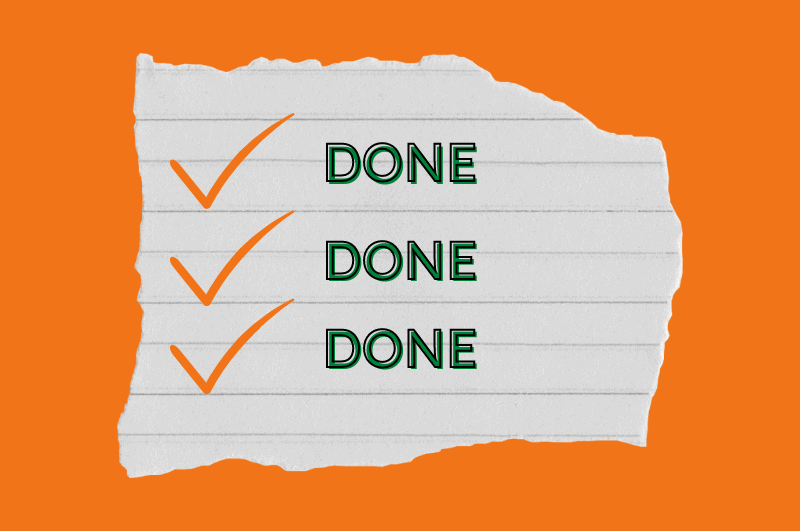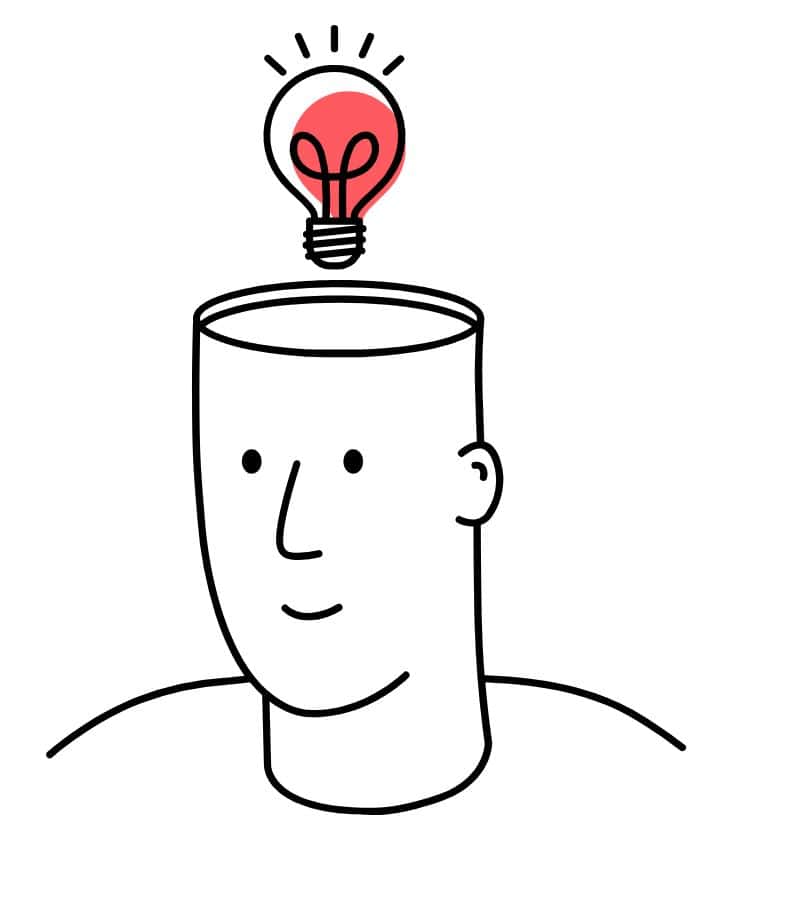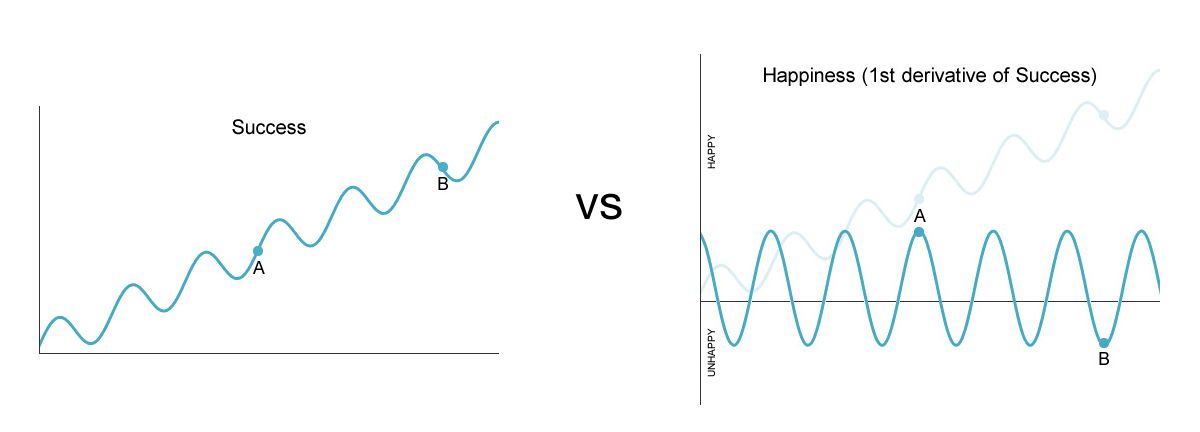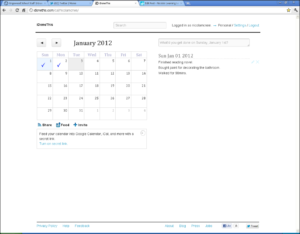As an entrepreneur, you spend a lot of time psyching yourself out. You’re your own harshest critic.
However positive your intentions, however, driven and wonderful your team is, every day is not a good day. And because you’re the founder, overseeing the life of your business, those bad days can be terrifying.
Jess Lee, CEO and co-founder of style and social commerce platform, Polyvore, explains this familiar mental trap, where founders often fall into “moments of extreme unhappiness” and stress — even when your company is doing well.
Why does this clash happen? Lee explains: “Humans are terrible at understanding absolute values. We are best at understanding acceleration and deceleration, or rate of change.”
In other words, your state of mind pegs itself to whether your company is doing better or worse than yesterday, rather than overall. It’s easy to lose perspective.
The risk of being too hard on yourself and getting knocked around by rates of change is possibly making poor decisions and feeling miserable, which can also have serious implications for your mental and physical health.
The counterintuitive solution that leads to better decisions, increased motivation, and less unnecessary stress is not to work and push harder but to slow down your thinking.
How fast thinking overpowers slow thinking
We use two modes of thinking to process information, as Nobel Laureate and psychologist Daniel Kahneman describe in Thinking Fast and Slow. Fast thinking is instinctive, and automatic and pops into your head with “no sense of voluntary control.”
When you understand simple sentences, react with fear to spiders, or form a first impression of someone, that’s fast thinking.
Slow thinking is more deliberate, requiring “attention to the effortful mental activities that demand it, including complex computations.”
It kicks in when you focus, pay attention, monitor and control your behavior, formulate an argument, solve a problem, or do anything that causes your brain to exert itself.
Our minds call on both modes of thinking, which often work together, to form judgments and make decisions. Yet, as Kahneman explains, we discount the fast system’s influence while crediting ourselves as slow thinkers — totally rational and in control.
In failing to realize that the fast thinking system is always on, we often allow it to steer decisions and make them seem extremely reasonable.
Fast thinking also leads us to see patterns and stories in randomness, even if they aren’t accurate.
So when something breaks, you hear from an angry customer, or you see your weekly revenue dip, it’s easy to jump to the conclusion that your business is on its way down because your mind goes to similar examples to confirm your fears.
When you let fast thinking drive all the time, you’re vulnerable to incorrect feedback and suboptimal decision-making — which can lead to incongruous stress, unhappiness, and burnout even as your company thrives.
While going with your gut means quick decisions, which seems efficient, fast thinking can lead you down the wrong path. Not only is fast thinking very easy to slip into, but Kahneman points out that merely knowing the pitfalls of fast thinking is not enough to change how you think.
“The way to block errors that originate in [fast thinking] is simple in principle: recognize the signs that you are in a cognitive minefield, slow down, and ask for reinforcement from [slow thinking],” he said.
How to Slow Down Your Thinking
Slowing thinking takes discipline and effort, so try using these two tactics to make sure you make it out of your cognitive minefields.
1. Schedule slow time

Slow thinking takes time, and one way to make sure you fit it in is to actually put it in your calendar. For example, Jeff Weiner, CEO of LinkedIn, schedules “nothing” daily, in 30- to 90-minute blocks up to a total of 2 hours a day. This is meeting-free time that gives Weiner enough space to engage in slow thinking.
The trick with slow thinking is that it cannot happen by itself. It relies on your deliberate effort.
2. Gain perspective with a done list

One powerful way to battle the bias of fast thinking is to look at more visible evidence of what you’re moving forward on every day to gain much-needed perspective. When you write down what you get done regularly on a done list, you build a record and important reference to look back and reflect upon.
With this evidence, you can recognize the small wins that can get discounted during a busy day and learn from the decisions and efforts that led either to setbacks or progress.
In doing so, you call on your slow thinking power, checking instincts and reactive feelings to get a more reasoned view. Slowing down your thoughts and performing a conscious mental check to take deliberate stock will show you knowledge and insight that fast thinking is unable to.
When your business seems to stagnate or you let problems get to your head, your instinctive, fast-thinking response will probably be to work longer and longer hours.
The inclination to work harder seems entirely logical, but if you don’t take time to slow down, think, and reflect — you’ll get stuck.
As Weiner writes: “If you don’t take the time to think proactively you will increasingly find yourself reacting to your environment rather than influencing it.”
Stop playing mental defense and running your mind in worrying circles.
Carve out some time to engage in slow thinking to gain the upper hand in making better judgments, continuing your progress, and gaining value from the lessons you learn from your successes and mistakes.
Image credit: Header image taken from Jess Lee’s article.




